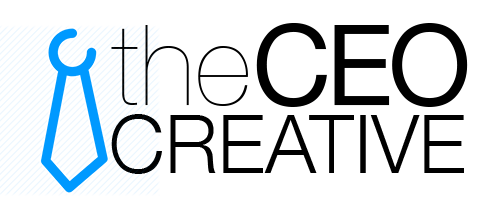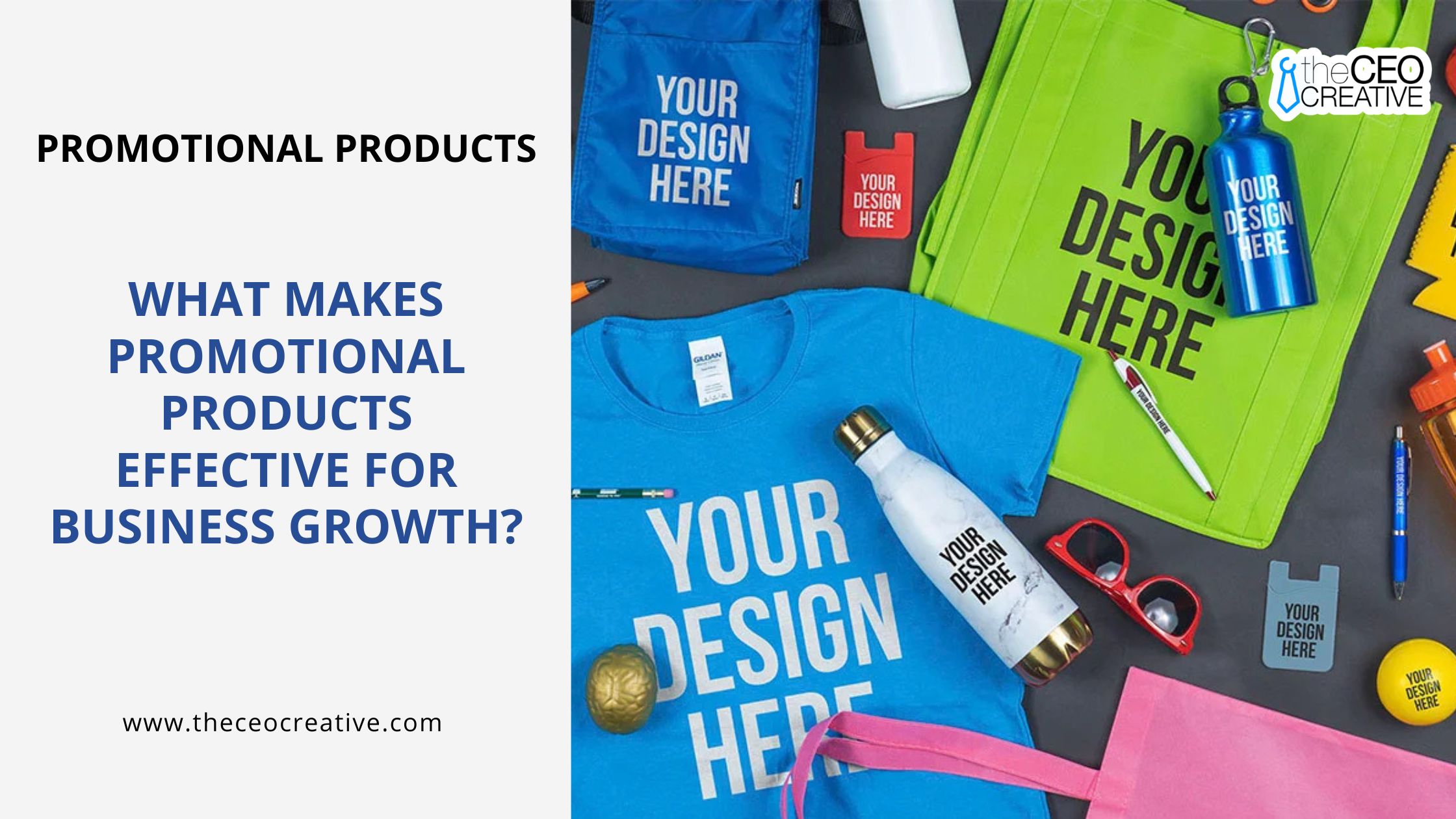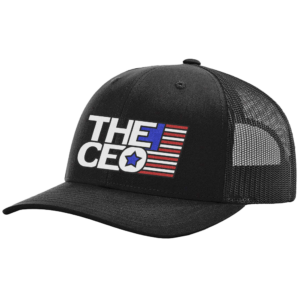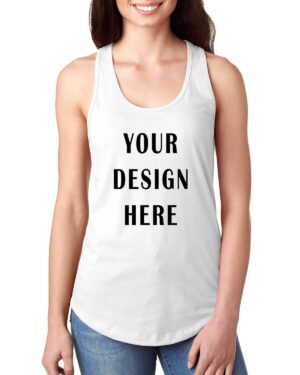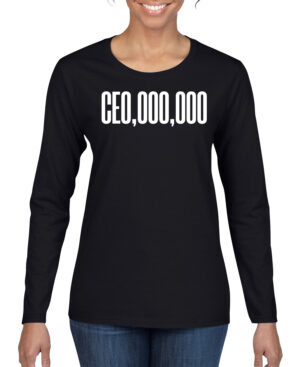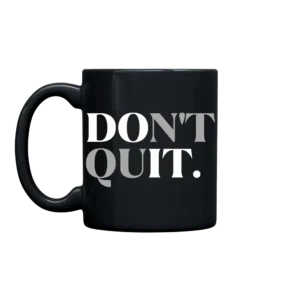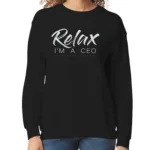Introduction
Hey marketer! Are you on the hunt for fresh ideas to jumpstart your business and get your brand noticed? Then you should really consider using promotional products. These aren’t just your average freebies with your logo slapped on them. They’re actually effective marketing tools that can give your brand a big boost without costing a fortune. But how do they do it? In this blog post, we’ll explore why promotional products are a great addition to any marketing plan and how they can increase brand awareness and keep customers coming back. Whether you’re a marketing veteran or a newbie, you’ll find some valuable tips here to help your marketing shine. Curious? Let’s jump in!
Understanding the Role of Promotional Products in Marketing Strategy

Promotional products have been a key part of marketing strategies for ages, but what’s the secret to their success? Let’s take a closer look at what they are and the different kinds out there. We’ll also delve into why they’re so appealing from a psychological standpoint and how they can seamlessly integrate into your broader marketing approach.
Definition and Types of Promotional Products
Promotional products are physical items that companies give away to boost awareness of their brand, product, or service. Usually, they’re imprinted with the company’s logo or slogan, turning everyday items into instant marketing pieces. The variety of these products is huge, covering all sorts of things.
Here are some popular kinds of promotional items:
– Clothing: T-shirts, hats, and jackets become wearable ads, keeping your brand in plain sight.
– Tech Accessories: USB drives, phone cases, and earbuds catch the eye of those who love their gadgets.
– Office Gear: Pens, notepads, and calendars are office staples that constantly remind people of your brand.
– Drink Containers: Mugs, water bottles, and tumblers are handy and tend to stick around for a while.
– Environmentally Conscious Choices: Biodegradable bags and reusable utensils hit the mark with folks focused on sustainability.
Businesses can pick and choose from these categories to find the perfect match for their audience’s tastes and routines, with each type of promotional product bringing its own special appeal.
The Psychological Impact of Tangible Items
Promotional items are more than just handy freebies – they tap into some powerful psychology. When someone gets a physical item, it sparks the “reciprocity” principle. This idea from social psychology means that when you hand something to someone, they’ll often feel a subtle urge to give back, even if it’s just by staying loyal to your products or services.
Plus, being able to touch and feel something makes brand experiences richer. Having a branded product in their hands lets customers connect with your brand on a deeper level than they would with online ads. It’s like comparing a quick glance at your logo on a screen to actually squeezing a stress ball with your logo during a stressful meeting. This hands-on connection can help build loyalty and trust.
Integration with Overall Marketing Plan
To truly harness the power of promotional items, they should be thoughtfully integrated into the broader scope of your marketing plan, rather than being used as a standalone tactic. They’re most effective when they enhance and work alongside your other marketing activities, whether those are online, in print, or in-person experiences.
This seamless blending could take many forms, for example:
– Handing out branded freebies as part of your social media contests.
– Adding promotional merchandise to your direct mail packages, giving recipients a tangible reason to pay attention to your message.
– Distributing them at events or trade shows to make your brand stand out and continue engaging attendees long after the event is over.
When done right, promotional products do more than just make your brand more noticeable; they also establish engaging connections with your audience, inviting them to become more invested in your company’s narrative and goals.
Increasing Brand Awareness through Promotional Products
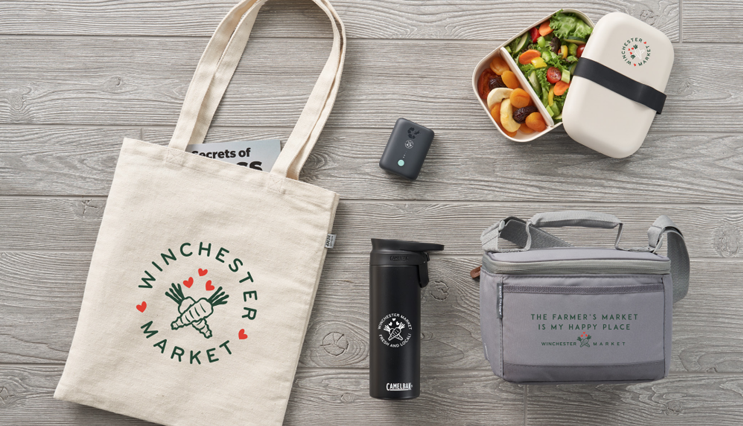
Now that we understand the rationale behind using promotional products, let’s explore how they contribute to brand awareness—a significant driver of business growth.
Maximizing Brand Exposure
Promotional items really help get your brand out there. Think about someone leaving a conference with your branded tote bag. Every place that bag goes, so does your logo. It’s basically a walking billboard, something that feels normal and recognizable to people who see it over and over.
And it’s not just the person using the product who sees it. Their family, friends, and coworkers might see it too, meaning your brand reaches more people than you first aimed for. A smartly picked promotional item is like a brand ambassador, getting the word out and grabbing attention wherever it goes.
Creating Lasting Impressions
First impressions may not be everything; it’s the lasting ones that matter just as much. When it comes to promotional products, they subtly but effectively help create memories that stick. By handing out useful, quality items that people actually appreciate, your brand gets linked to positive feelings of thoughtfulness and practicality.
Think about it: a sturdy water bottle that becomes someone’s gym buddy, or a really nice pen that’s always on an office desk. Each time they’re used, your brand is right there, quietly building a bond with the user. Keeping that quality consistent makes your brand seem reliable and trustworthy—qualities that really stay with consumers.
Selecting the Right Products for Your Target Audience
Picking the perfect promo item isn’t just about following the newest fad; it’s about truly knowing your audience and what they want. Here’s a guide to help you make the right choice:
1. Figure Out Your Audience: Who are they, really? Are they business people, students, or maybe outdoor adventurers? Pinning down your audience is the first move towards picking something they’ll actually love.
2. Dig Up Their Preferences: Use surveys or just chat with them to get a feel for what kinds of products resonate with your audience. This not only steers you toward the right picks but also shows that you’re really listening to what they want.
3. Think About Usefulness and Connection: Go for products that mesh well with both your brand’s image and your audience’s everyday life. If you’re a tech company, USB drives might hit the mark better than tote bags. If you’re big on sustainability, maybe eco-friendly items are the way to go.
To wrap things up, promotional products act as a key piece in a broader marketing puzzle, connecting brands with their audience via real, memorable items. Businesses can boost brand awareness, build customer loyalty, and spur growth by tapping into the psychological pull of these products and weaving them into their wider marketing plans. Choosing the right swag, based on who your audience is and how durable the items are, means your promotional pieces will do more than just sit on a shelf; they’ll actively showcase your brand wherever they go. As we keep changing how we reach out to consumers, promotional products stay a reliable way for brands to make a lasting impression and stick in people’s minds.
Building Customer Loyalty with Promotional Products
Promotional products go way beyond being just free giveaways; they’re actually smart tools that help forge strong customer loyalty. When used right, these items act like a bridge, linking a brand to its audience in a personal way. Let’s explore how promotional products can really cultivate a devoted customer following.
Personalization and Customer Connection
Personalization is a seriously effective method for fostering customer loyalty. These days, consumers really appreciate feeling unique, and when a company goes the extra mile to offer a personalized experience, it can genuinely strengthen the bond with the customer. Picture this: you get a promotional product in the mail, and not only is it top-notch quality, but it also bears your name. That personalized touch has the power to turn an ordinary product into something you’ll treasure.
Businesses can utilize data analytics to pinpoint customer preferences and then tailor promotional items to match. Let’s say you own a coffee shop and have loyalty program members who consistently order a caramel macchiato. Why not surprise them with a customized coffee mug that has their name and a cute phrase like, “Fueled by caramel vibes”? It’s a small gesture that can leave a lasting impact, making your customers feel noticed and valued, and ultimately building a stronger relationship with your brand.
Enhancing Customer Experience
In today’s market, customer experience reigns supreme, and promotional items can be a key player in improving it. Picture this: a customer walks into your store and, along with a warm smile, they’re handed a little gift – maybe a reusable shopping bag or a personalized hand sanitizer. These little touches can really boost the shopping experience, making customers feel valued and more likely to come back.
Promotional goods can also make a big difference after a purchase. Think about adding a nice little extra to online orders – perhaps a coupon for their next purchase or a branded keychain showcasing your newest product. These little “thank you” gifts can turn a standard purchase into something really special, leaving customers happy and eager for their next encounter with your brand.
Encouraging Repeat Business and Referrals
Regular customers don’t just come back for more, they often turn into passionate advocates for your brand, spreading the word and bringing in new business through their recommendations. Carefully selected promotional items can play a big role in keeping these customers coming back by keeping your brand fresh in their minds.
Imagine a useful and well-made promotional product, like a durable tote bag or a stylish pen. Every time a customer uses it, it’s a reminder of their good experience with your brand. It strengthens your brand image and gets people talking. A friend might spot the tote bag and ask about it, giving your customer a chance to praise your business, potentially leading to new customers.
Businesses looking to bring customers back can also hand out promotional items as a thank you for their continued support. A cosmetics company, for instance, could give out a special, limited-edition makeup bag with their logo on it to customers who spend a certain amount or who bring in a certain number of new customers. These kinds of promotions don’t just make people want to come back, they also get them to tell their friends about the brand, which is great for everyone involved.
Measuring the Impact of Promotional Products on Business Growth
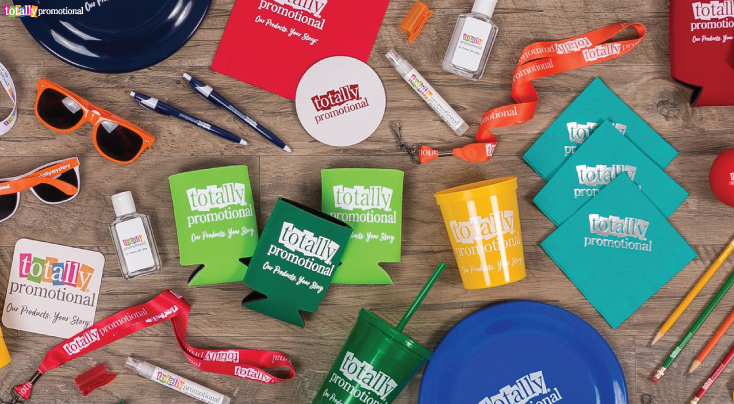
Just like with any other marketing plan, it’s super important to figure out how well promotional products are doing to make sure they’re really helping the business grow. To keep things moving forward, we need to check if what we’re doing is working, learn from past promotions, and always come up with fresh ideas.
Key Metrics for Evaluating Success
To figure out how well promotional products are doing, businesses should zoom in on a few crucial numbers. A big one is how much brand recognition improves after the campaign. Checking out surveys and online buzz, like mentions on social media, can shed light on how effectively the promotional items boosted the brand’s visibility.
Also, it’s smart to keep an eye on sales figures to see if there’s a jump in purchases or interest after handing out promotional products. How many customers stick around is another telling sign. If more folks are coming back after getting their hands on promotional items, that’s great news for both customer loyalty and the company’s growth.
On top of that, you can measure the cost-effectiveness of promotional products by comparing the total spent against the extra revenue from increased sales or fresh customer sign-ups. This breakdown gives a sharp picture of the return on investment, guiding businesses on where to put their money in future campaigns.
Case Studies of Successful Campaigns
Looking at real-life examples of promotional product campaigns that hit the mark can be super helpful and motivating. Like that big tech firm everyone knows – they handed out USB drives with their logo on at a big industry get-together, and these drives had special software demos on them. People loved these handy little gifts, and they got to try out the software right then and there, which actually boosted the number of trial sign-ups and, eventually, paying customers.
Then there’s that activewear brand that launched a “green initiative” by giving out seed paper bookmarks at health and wellness events. These planet-friendly promo items really fit with what the brand stands for – sustainability. Plus, they got people at these events to join in on their social media fun by sharing pictures of their growing plants, which really upped their online buzz and got their name out there more.
These cases highlight that the success of promotional products lies in their alignment with brand values, understanding the target audience, and ensuring the product’s utility and appeal.
Continuous Improvement and Innovation
Just like any other aspect of commerce, the promotional products industry thrives on constant evolution and a forward-thinking mindset to stay relevant. As market trends and customer tastes shift, the methods used with promotional products must adapt accordingly.
One way to do this is by adopting cutting-edge technologies. For example, adding augmented reality elements to promotional items can forge interactive experiences that capture attention and connect with consumers in distinctive ways. Picture a branded calendar that, upon being scanned with a phone, reveals a 3D showcase of the company’s latest offerings – bridging the gap between physical and digital realms to craft memorable moments.
Also, it’s a good idea for companies to always be asking customers what they think of the promotional products they’re giving away. This way, they can figure out what’s working and what needs to be tweak, so they can get better at it as time goes on. Offering little perks, like future discounts, to customers who give honest feedback can help keep the conversation going, making sure the company just keeps getting better.
Finally, businesses should definitely pay attention to what’s happening with sustainability. More and more, people are looking to buy from brands that are eco-friendly and care about doing the right thing. Companies that use sustainable materials and follow ethical practices when making their promotional products are going to get noticed in a good way and probably gain more loyal customers.
To wrap things up, promotional items can really help businesses thrive. They do this by making customers more loyal, improving their overall experience, and boosting brand visibility. By looking at how these products affect their goals, examining real-life examples of what works, and always tweaking their methods, companies can make the most of promotional products as a key part of their marketing plans.
Conclusion
To sum it all up, promotional swag is a seriously effective way to boost your business. Picking the perfect products can seriously up your brand’s visibility and help forge stronger bonds with your customers. These physical items make a real impact and stick in people’s minds, reminding them of your brand. Whether it’s something handy like a tote bag or a fun little thing like a pen with your logo, these items really help solidify your brand’s place in the market. So, put some thought into your promotional game plan and you’ll see your business flourish!
